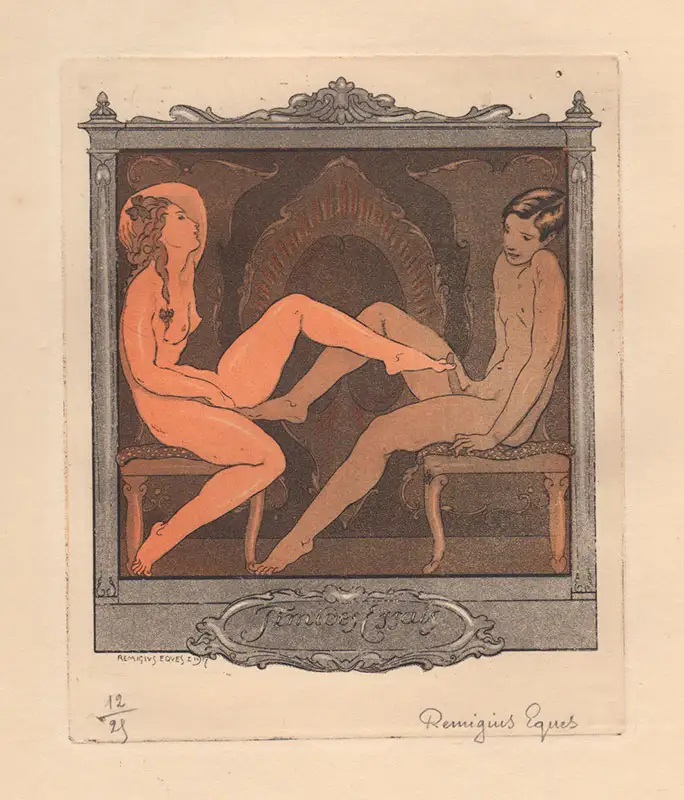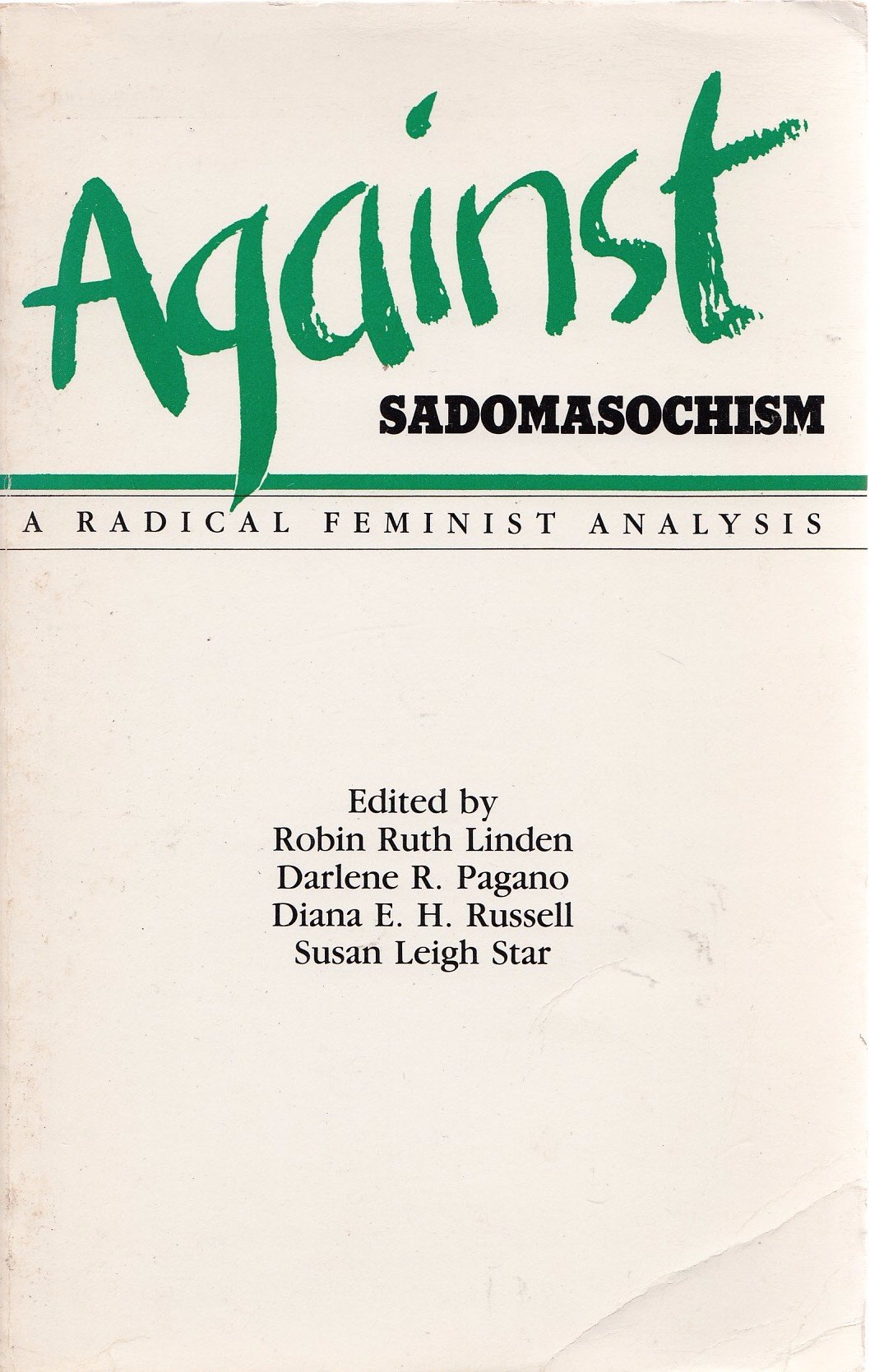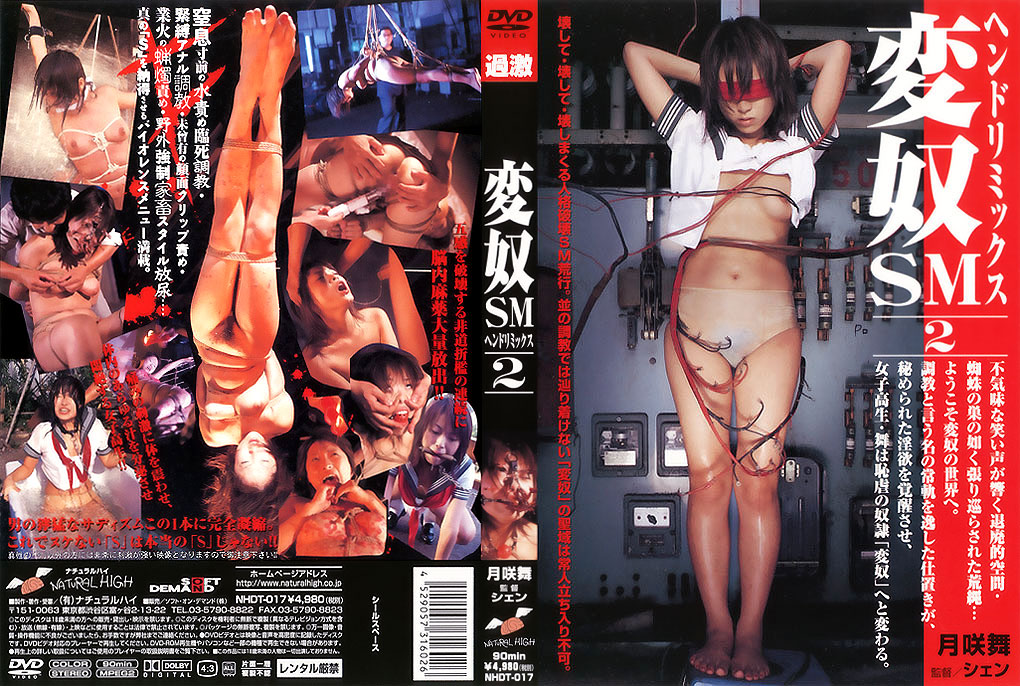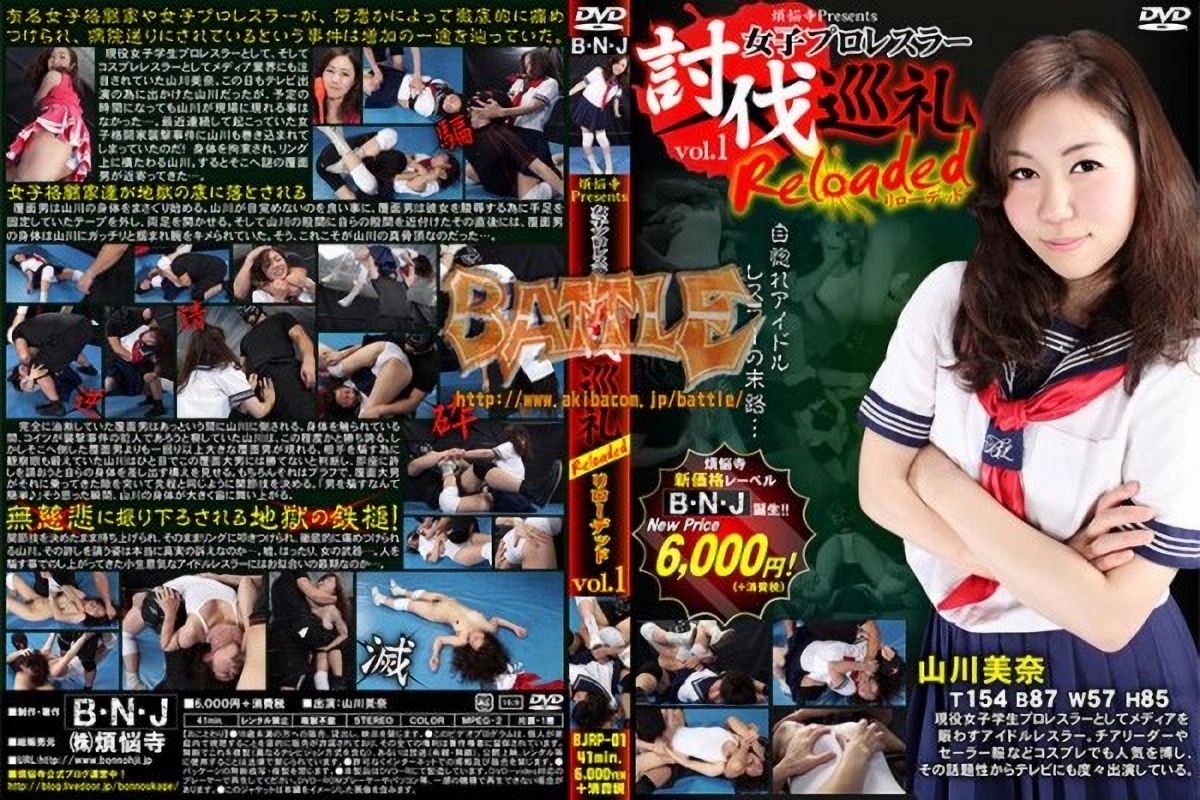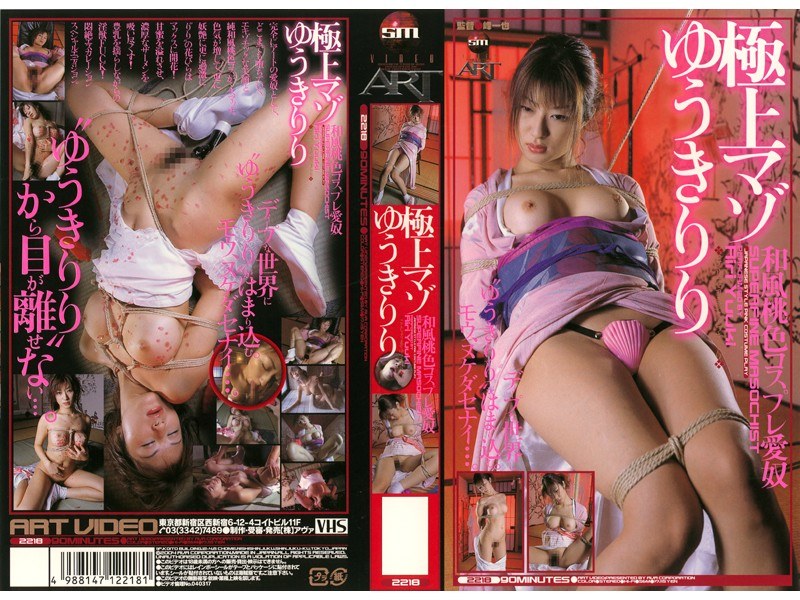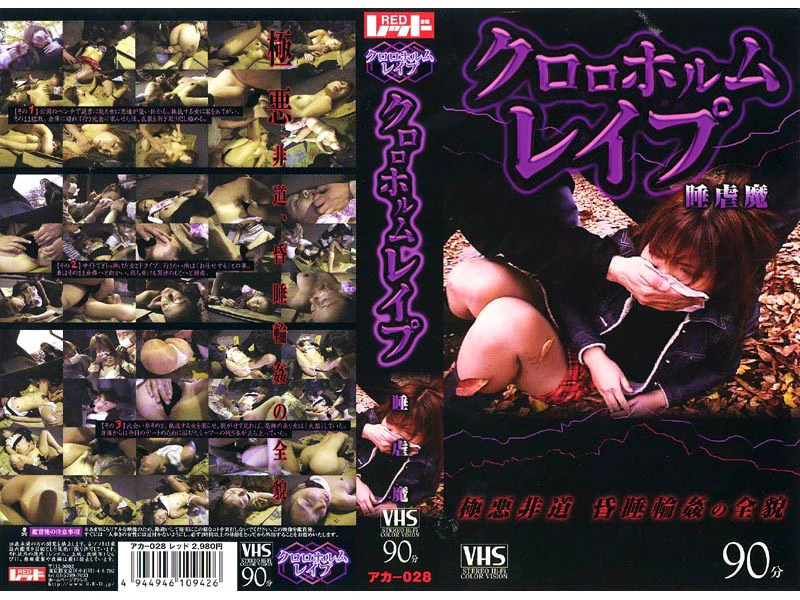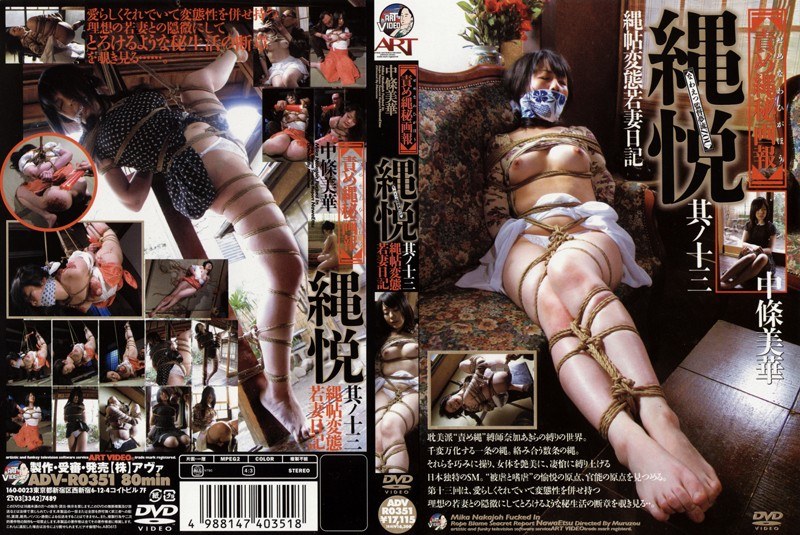In the diverse and vibrant world of BDSM, “bondage” is a unique art and experience. It involves restraining, binding, or limiting a partner in order to explore the stimulation of desire, aesthetics, or physical sensations. How to engage in bondage? The answer varies – ropes, handcuffs, bondage tape, or self-adhesive bandages are all popular tools.
But don’t misunderstand, bondage is not just synonymous with SM. It can be a purpose in itself, like rope bondage and breast bondage. At the same time, it can also be a component of sexual activity or combined with other BDSM activities. The “B” in the abbreviation “BDSM” comes from the word “bondage”. Sex and desire are important components of bondage, but they are usually not the sole purpose. In the world of bondage, aesthetics also have their place.
When the dominant party binds their partner, the underlying reason is usually to seek pleasure from the submissive’s compliance and power transfer. For sadomasochists, bondage is a means to make the bound partner more receptive to other sadomasochistic behaviors. Of course, bondage can also be purely for the sake of pleasure. The bound partner derives sensory pleasure from the feeling of helplessness and immobility, while the dominant party finds enjoyment in the visual effect and satisfaction of seeing their partner bound.
Why do some people enjoy being restrained? The answer is complex and diverse. Some individuals feel a sense of release when their bodies are bound, allowing them to focus more on their inner sensations and experience a sense of tranquility. As one participant put it, “Some people need to be tied up in order to be free.” On the other hand, there are those who enjoy the struggle against restraints and the sensation of pain, deriving pleasure from the experience of being dominated while also fully enjoying the sexual stimulation provided by their partner.
According to motivation, constraints can be divided into several different types:
Clear purposeful restraint: This type of restraint is for a specific purpose, such as making the passive partner more receptive to activities like spanking. It does not include situations where restraint is purely for the sake of restraint.
Decorative Bondage: This type of bondage is for aesthetic purposes, where the restrained partner is bound and used as a decorative object, such as in erotic photography or as human furniture at BDSM parties.
Corporal Restraint: In this form, the restrained partner is tied in uncomfortable or painful positions, often used as a punishment in dominance and submission games.
Film Bondage: This is a non-violent form of bondage for aesthetic purposes, where the bound partner is gently tied up and can easily free themselves.
Meditative Restraint: While not commonly seen in Western bondage practices, it holds great significance in Japanese shibari. It may have originated from religious traditions, with the emphasis placed on the mental state of the bound partner rather than the physical state.
In BDSM scenes and sexual role-playing, bondage plays a significant role. In some common sexual fantasy scenarios, bondage is often a crucial element, such as rape or kidnapping fantasies, dominant/submissive role-playing, and predicament bondage.
In order to achieve different effects, there are various types of bondage equipment available for selection in BDSM scenes, including ropes, straps, spreader bars, X-frames, as well as various mechanical restraints such as bodysuits and specially made bondage gear, such as single gloves, sleepsacks, bondage hooks, and bondage tables.
In many BDSM parties, there are “bondage workshops” available where couples or other willing participants can practice bondage techniques under the guidance and supervision of experienced bondage technicians.
Safety is an essential aspect that cannot be overlooked in any activity. Accidents and long-term injuries can often be avoided through simple safety precautions and a basic understanding of human anatomy. For example, regularly asking the person being examined if they feel well, checking for numbness or coldness in body parts, and paying attention to changes in skin color are all very important safety measures. If the person being restrained has their mouth blocked or is unable to communicate verbally, alternative safety signals need to be used, such as humming a simple tune or releasing the object held in their hand.
Hanging upside down and suspension bondage are considered more dangerous practices in the BDSM field. Head injuries are the most common risk, along with nerve compression, circulation issues, and fainting caused by increased blood pressure.
In the photos and videos of rope bondage, the scenes we usually see are chosen to attract attention and stimulate fantasies. Some positions may be risky or can only be maintained for a short period of time, such as suspension bondage or being tied solely by the wrists and ankles. These positions often require very strong and experienced BDSM players to attempt. Especially in highly artistic Japanese rope bondage, years of experience in rope tying are needed to minimize risks.
Self-bondage is a higher-risk practice because it violates a fundamental safety principle: never leave a bound person alone. In order to pursue a more authentic experience, self-bondagers may use timers, freeze keys in ice, or employ other inventive devices to temporarily relinquish control over their own restraints and freedom. This is known as the “tunnel game.” In emergency situations or medical crises, self-bondage can result in serious or even permanent physical harm if there is no one present to assist with release. Particularly when combined with asphyxiation, self-bondage can become deadly.
The techniques of restraint can be divided into six major categories:
1. Tie body parts together, such as arms or legs.
2. Extend body parts, such as arms or legs.
3. Bind the restrained partner to an external object, such as a cross, chair, or table.
4. Suspended, bound companion.
5. Hindering or slowing down the movement of a restrained partner by using a corset or a tight-fitting bodice.
6. Wrap the restrained partner with soft and elastic materials, restricting their entire body’s movement, also known as mummification bondage.
Although many people believe that bondage must be “rough and tough,” as shown in many bondage erotica images, it is not always the case. In “soft bondage,” the dominant party may simply hold the restrained person’s hands, put handcuffs on them, or just command them to stay still without using any physical restraints. This situation is known as “verbal bondage” and it appeals to many people, in fact, it is much more common than most people imagine.
Another popular variant of bondage focuses more on the art and aesthetics of restraint rather than the transfer of power and sexual pleasure. This type of bondage is known as “shibari” or “kinbaku,” originating from the Japanese art of bondage. Shibari/kinbaku can be practiced in the traditional Japanese manner or combined with elements of Western bondage.



